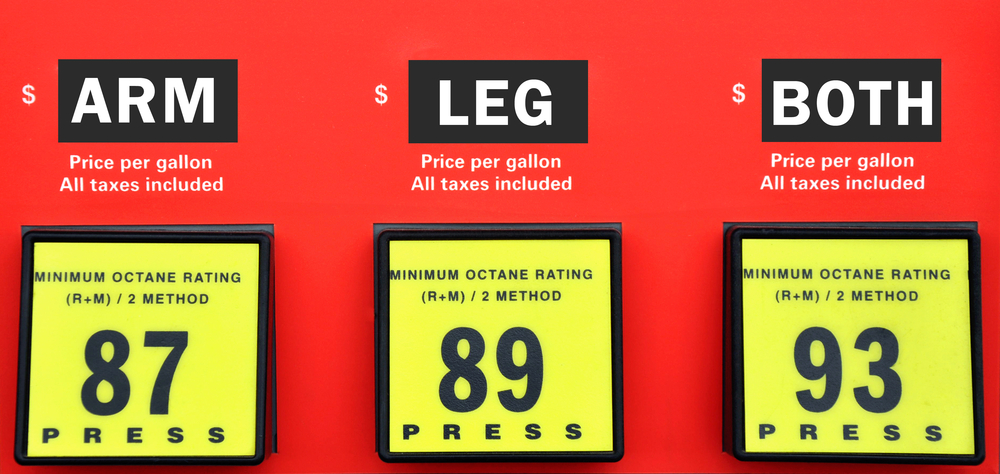
Consumers currently face the most expensive average for national gas since the summer of 2015, according to a recent report from the American Automobile Association (AAA).
The average this week holds at $2.71 nationally, and AAA warns those prices are going to continue climbing. In fact, that average is 18 cents more than a month ago and 30 cents more than a year ago. At this point, only 27 percent of gas stations are selling gas for $2.50 or less. The West Coast is facing the hardest hits, with six states in the region hosting prices of more than $3 per gallon.
California has taken the heaviest brunt of increases, with a 55 cent increase since last year. Utah cames in second, seeing a 54 cent increase. Hawaii also saw a 50 cent increase, but Idaho, Arizona, Nevada, Oregon, Georgia, Indiana, and Tennessee are all leading the country’s hikes with increases between 49 and 34 cents.
The cheapest markets, however, are in the south and southeast. Oklahoma has the single cheapest prices in the nation right now at $2.43. However, Arkansas, Missouri, Mississippi, Louisiana, South Carolina, Alabama, Kansas, and Texas are all under $2.50.
The reasons for the year’s increases can be contributed to a number of factors, AAA spokesperson Jeanette Casselano said.
“Expensive crude oil prices, unrest in the Middle East, strong domestic demand, record production rates and global oil supply surplus have created the perfect storm to drive spring gas prices toward new heights,” Casselano said. “Consumers can expect gas prices to increase another 5 to 10 cents this season, but the national average is not expected to reach the $3 mark.”
Meanwhile, domestic crude production has reached a record high of 10.53 million barrels per day, according to the Energy Information Administration. Storage levels are likewise up, and the United States added seven oil rigs last week.